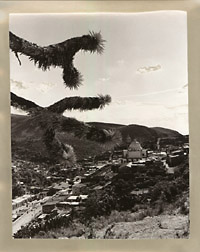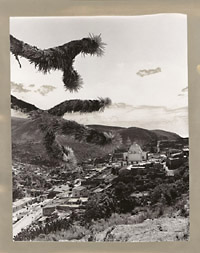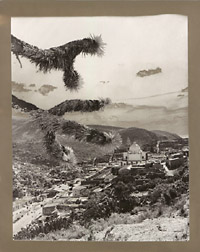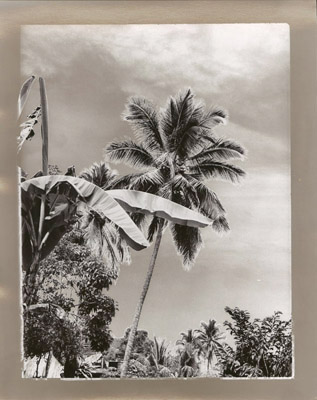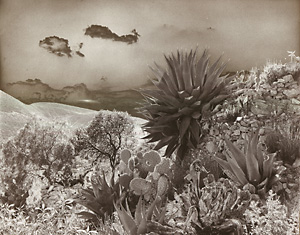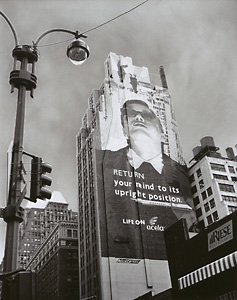 |
|||
|
|
|
||||||||||||||||||||||||||||||||||||||||||||||||
|
Bergger Prestige CB Art is the best paper I have found for print solarization since Brovira. This paper is listed as being warm in tone, but it solarizes much better than the NB, which is listed as being neutral in tone. This is not what I might once have expected, since bromide papers such as Brovira and Ilford Galerie generally work best for print solarization, though I have seen similar qualities in Luminos Classic warm tone, which is only available in a single grade. The Bergger Prestige CB Art paper is on a premium doubleweight base that can take the stresses and strains of processing and is available in grades 2, 3 and 4. B&H in New York carries a full line of Bergger papers. In some cases they have to be special ordered, but they are well worth waiting for when necessary. Most of my illustrations for this article appear quite warm because I have used the duo-tone solarization process, as described in my article Print Solarization. Print color may be manipulated somewhat by adjusting the concentration of the second developer as well as the quantity of bromide added. Further control may be derived from the use of various toners, such as Kodak Selenium Toner, Kodak Brown Toner, or gold toners such as Ansco 231 and DuPont 6-T. As I have explained in my Print Solarization article, the best developer for the Sabatier effect is one that contains metol only. While the Sabatier effect may be obtained with a metol-hydroquinone developer (particularly if the hydroquinone is nearly exhausted), the effect is diminished and the prints are often heavily fogged. In my estimation, success with the Sabatier effect may be judged by the cleanness of the high values obtained. When all the tones in a print consist of blacks and murky greys (as so many do), it may hardly be considered a successful solarization. Now that Kodak Selectol Soft is no longer produced, there are very few commercial developer choices. My favorite developer has long been Ansco 120, which must be mixed by hand. Solarol is still being produced, and is available from B&H for $17.95 per half-gallon, but Ansco 120 can be made for less than $2.50 per liter, and so is well worth the effort. Another developer worth experimenting with is Clarence Rainwater’s R77. .
|
||||||||||||||||||||||||||||||||||||||||||||||||
|
|
|
|
